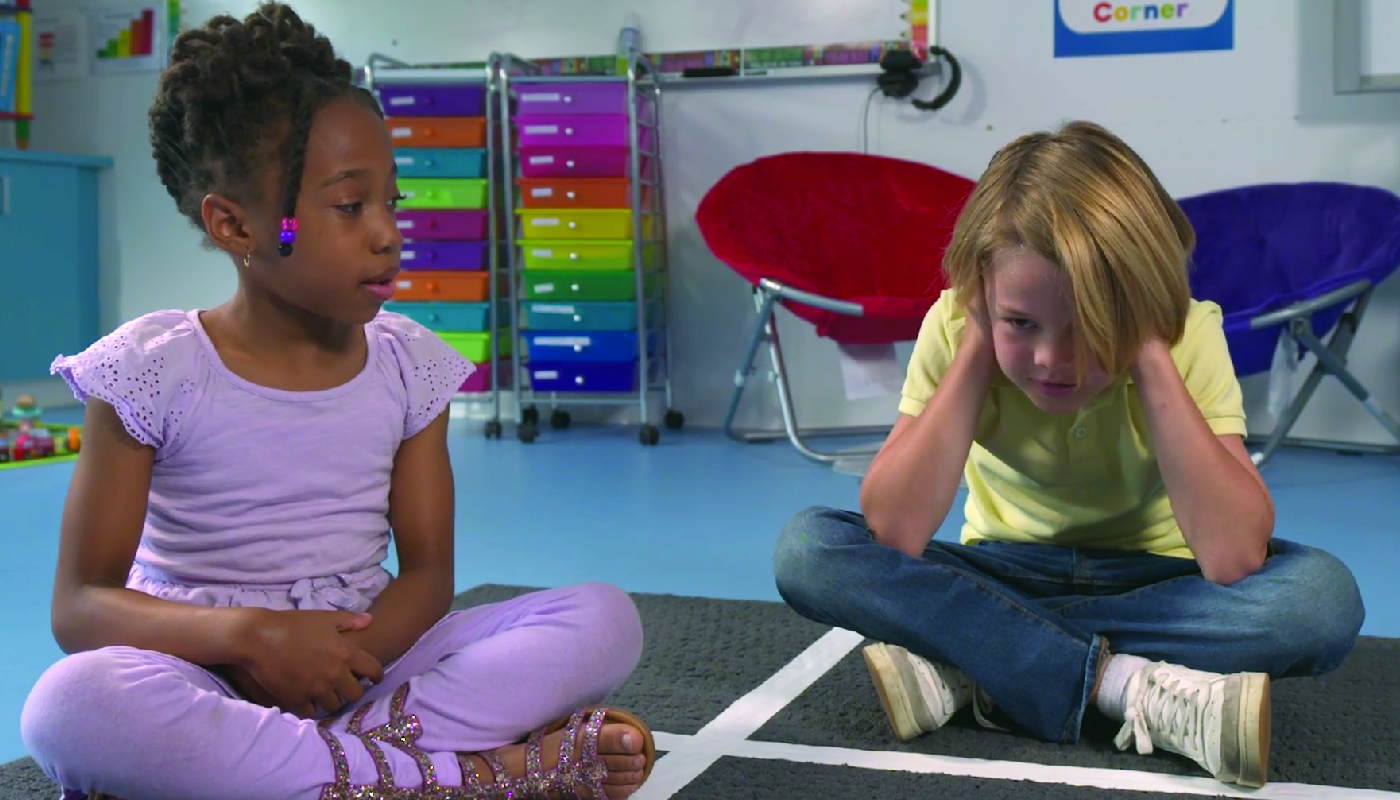
Introduction
Students in special education can sometimes struggle to cope with noisy environments, making it difficult for them to focus and communicate their needs. As educators, it is crucial to incorporate Social-Emotional Learning (SEL) principles into our teaching strategies to help these students develop the skills necessary to handle such situations. In this blog post, we will discuss an easy-to-implement, no-prep activity that can help students learn how to manage their emotions and communicate their needs in noisy situations. Additionally, we will provide discussion questions and related skills to further enhance their learning experience.
No-Prep Activity: The “Switching Tracks” Game
In this activity, students will practice “switching tracks” by identifying their emotions, pressing pause, choosing a strategy, and visualizing a new plan when faced with a noisy environment. This simple game requires no preparation or materials and can be easily adapted to suit the needs of your students.
- Ask the students to sit in a circle.
- Explain the concept of “switching tracks” as a way to cope with challenging situations, like a train switching to a new track.
- Play a loud sound or noise (e.g., a recording of a busy street or a school bell).
- Ask the students to take turns sharing how the noise makes them feel and what strategies they could use to cope with it.
- Encourage the students to visualize their new plan and share it with the group.
- Repeat the process with different types of noises to help students practice adapting to various situations.
Discussion Questions
- How did the noise make you feel, and why do you think it affected you that way?
- What strategies did you choose to cope with the noise, and why did you choose those strategies?
- How can “switching tracks” help you in other situations, both in and out of the classroom?
- What are some other situations where you might need to use the “switching tracks” technique?
- How can you support your classmates when they are struggling with noisy environments?
Related Skills
Teaching students how to cope with noisy environments is just one aspect of Social-Emotional Learning. Other relevant skills for students in special education include:
- Emotion identification and expression
- Self-regulation and relaxation techniques
- Assertive communication
- Problem-solving and decision-making
- Empathy and understanding others’ perspectives
Next Steps
As educators, it is our responsibility to provide our students with the tools and strategies they need to thrive in various social and emotional situations. If you found this activity helpful and would like to explore more resources to support your students’ Social-Emotional Learning journey, we invite you to sign up for free samples at Everyday Speech. You will gain access to numerous activities and materials designed to help students develop a wide range of essential SEL skills.

